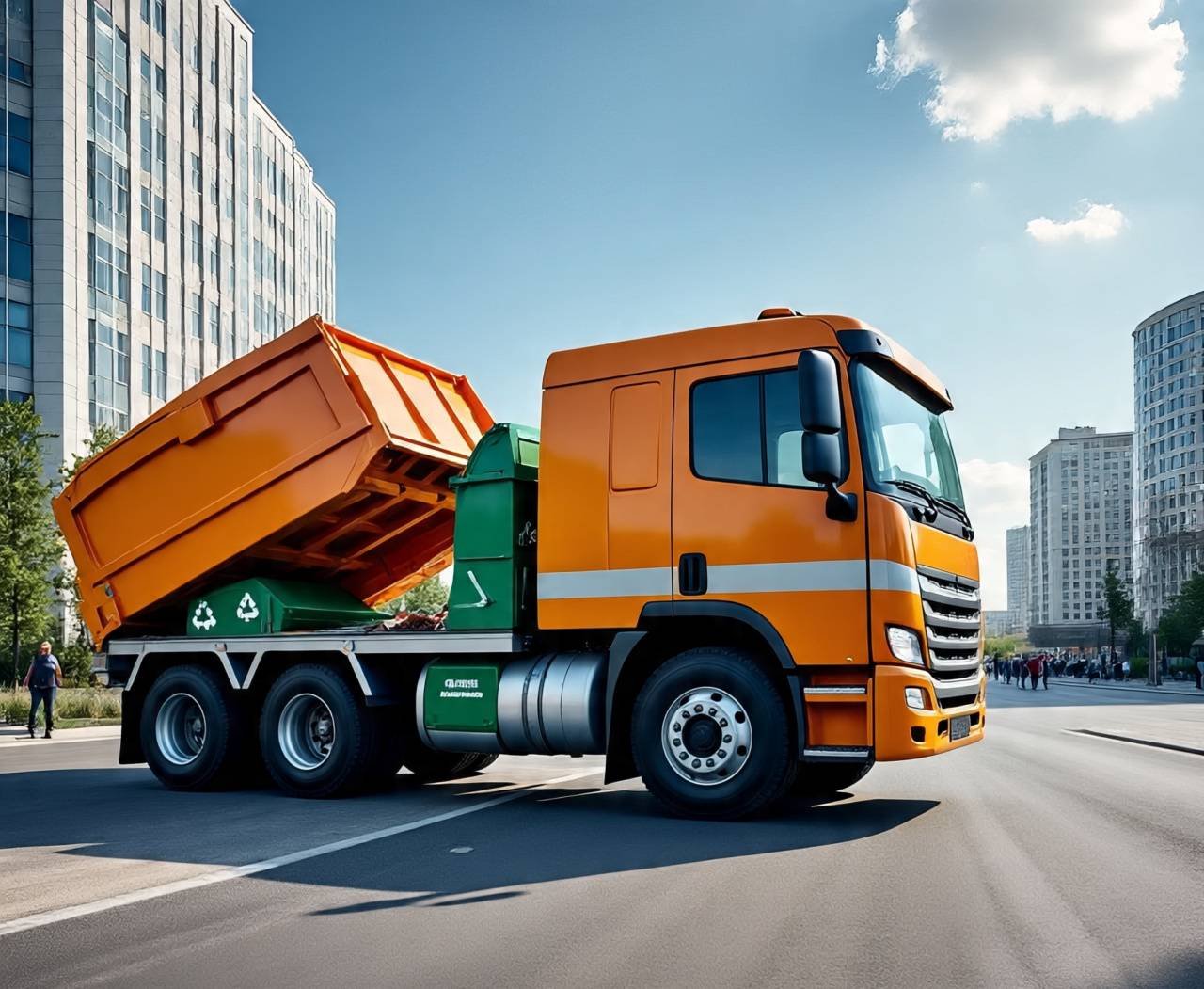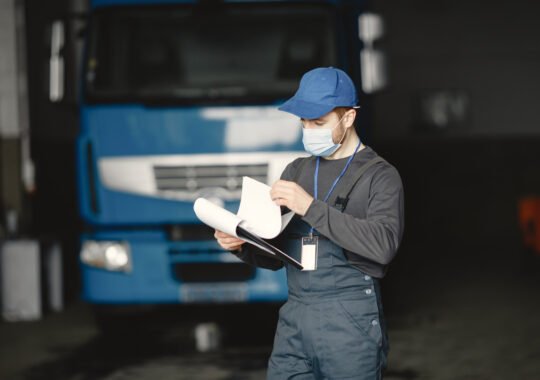Table of Contents
- Introduction to Automated Side Loaders
- Enhancing Operational Efficiency
- Improving Worker Safety
- Environmental Benefits
- Technological Advancements
- Real-World Implementations
- Challenges and Considerations
- Future Outlook
Introduction to Automated Side Loaders
Automated side-loader garbage trucks have quickly become a game-changer in modern waste management operations. These vehicles are designed with a hydraulic arm that extends from the side, allowing a single operator to collect and empty standardized bins with precision and speed. By eliminating the need for multiple crew members and reducing physical labor, the industry has experienced a surge of adoption for side loader garbage truck solutions. This shift streamlines daily waste collection and lays the groundwork for broader advancements in municipal services.
These trucks allow operators to remain entirely within the vehicle’s cab, which is especially useful for urban and suburban neighborhoods. The evolution from manual collection methods to automated systems marks a significant leap forward in efficiency and safety.
Enhancing Operational Efficiency
One of the standout benefits of automated side loaders (ASLs) is their ability to enhance the efficiency of waste collection routes dramatically. These trucks often service twice as many stops per hour as traditional rear loader or manual systems. With streamlined bin-lifting mechanisms, operators can maintain a consistent and rapid pace, which reduces vehicle idling times and limits unnecessary stops. In cities with dense populations or narrow streets, this efficiency becomes invaluable—not only for lowering collection times but also for minimizing traffic disruptions and improving public satisfaction with waste collection programs.
This expanded efficiency makes it easier for municipalities to optimize their routes, saving fuel and labor costs. Over time, this increased productivity leads to measurable reductions in operational expenses and helps justify the initial investment in advanced vehicles.
Improving Worker Safety
Traditional waste collection exposes workers to various risks, ranging from musculoskeletal injuries to hazardous traffic conditions. Automated side loaders change the equation by automating the heaviest tasks—lifting and emptying bins—and limiting workers’ exposure to moving vehicles and sharp object injuries. With most ASL operations, the driver never leaves the cab, thus significantly reducing the chance of workplace accidents.
Reduction of Repetitive Strain and Health Risks
Repetitive lifting has long been recognized as a cause of injury in waste management. By automating these motions, ASLs mitigate the risk of back, shoulder, and joint problems while protecting workers from exposure to biohazards and poor air quality near waste. These improvements and advanced safety features like ergonomic controls and cabin filtration systems provide a noticeably safer working environment.
Environmental Benefits
Beyond efficiency and safety, ASLs also deliver measurable environmental gains. Their fleet-level route optimization means less fuel consumption and fewer greenhouse gases released per ton of waste collected. The ability to quickly and efficiently separate different waste streams—like recyclables, organics, and general waste—improves recycling rates and reduces the volume of landfill-bound material.
New generations of ASLs are engineered with lower-emission engines or even electric drivetrains, further shrinking their carbon footprint. Streamlined routes result in minimized engine idling and shorter travel distances, compounding the environmental benefits over the truck’s operational lifespan. For municipalities striving to meet ambitious environmental targets, adopting ASLs offers a powerful strategy for sustainable urban management.
Technological Advancements
The newest ASLs are at the forefront of vehicle and fleet technology. Features like real-time GPS tracking, onboard cameras, and route management telematics let operators and dispatchers monitor progress and troubleshoot issues immediately. These technologies ensure that waste collection routes remain optimized and that service levels can be adjusted dynamically based on real-world demand and traffic conditions.
Other developments include intelligent bin recognition, automated weighing systems, and remote diagnostics for predictive maintenance. The integration of data analytics allows fleet managers to track fuel usage, identify operational bottlenecks, and schedule maintenance proactively, maximizing vehicle uptime and lifespan while reducing operational disruptions.
Real-World Implementations
Many cities have embraced automated side loader technology to overhaul their sanitation practices. In New York City, officials have introduced ASLs designed to handle stationary, on-street waste receptacles, leading to cleaner streets and faster collection times. Similarly, the City of North Charleston has deployed ASLs across residential neighborhoods, citing worker safety and overall collection efficiency improvements.
Internationally, cities in Australia and parts of Europe have made ASLs the standard for municipal waste pickup. The results consistently show lower worker injury rates, elevated community cleanliness, and enhanced resident satisfaction with sanitation services.
Challenges and Considerations
Despite the clear benefits, adopting automated side loaders isn’t without hurdles. The initial cost of these trucks and the need for compatible, standardized waste bins can be substantial. Municipalities may face resistance from residents unfamiliar with proper bin placement or worried about service disruptions during the transition. Maintaining and repairing complex hydraulic and electronic components requires specialized training for technicians and operators.
Infrastructure adaptations—such as ensuring enough street clearance and adjusting curb designs—may be necessary in older neighborhoods. Continued public outreach and education campaigns play a pivotal role in gaining community buy-in and maximizing the positive impact of automated collection.
Future Outlook
The momentum behind automated side loader garbage trucks is only expected to grow. As cities expand and sustainability demands rise, ASLs are poised to become the baseline for waste collection technology. Industry experts anticipate even broader adoption as new models—fully electric operation, improved automation, and AI-assisted route planning—enter the market.
Ongoing research into vehicle electrification and robotics promises further efficiency gains, lower emissions, and improved data-driven service delivery. For city managers and private haulers alike, investing in ASLs means remaining on the cutting edge of responsible, effective, and sustainable waste management.
Automated side loader garbage trucks are a testament to technological progress in municipal services. As municipalities explore solutions to handle increasing waste volumes and heightened standards for sustainability and safety, ASLs provide a proven and forward-looking answer to the evolving challenges of modern waste collection.





